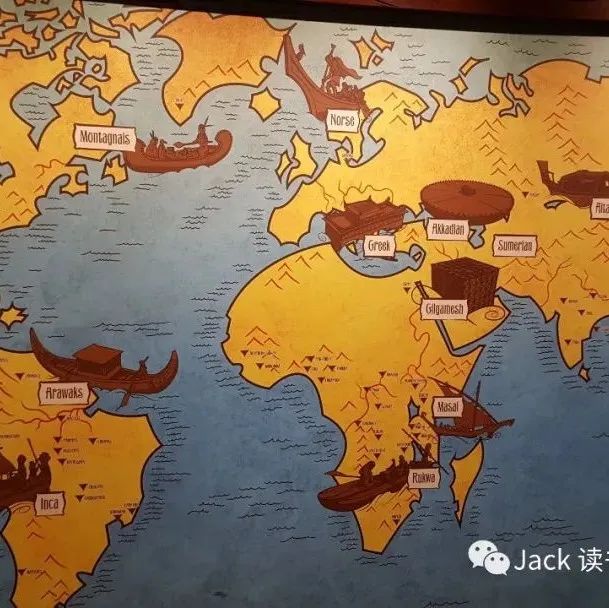Links Between East and West 13 Flood Myths 东西方的连接13 - 大洪水神话
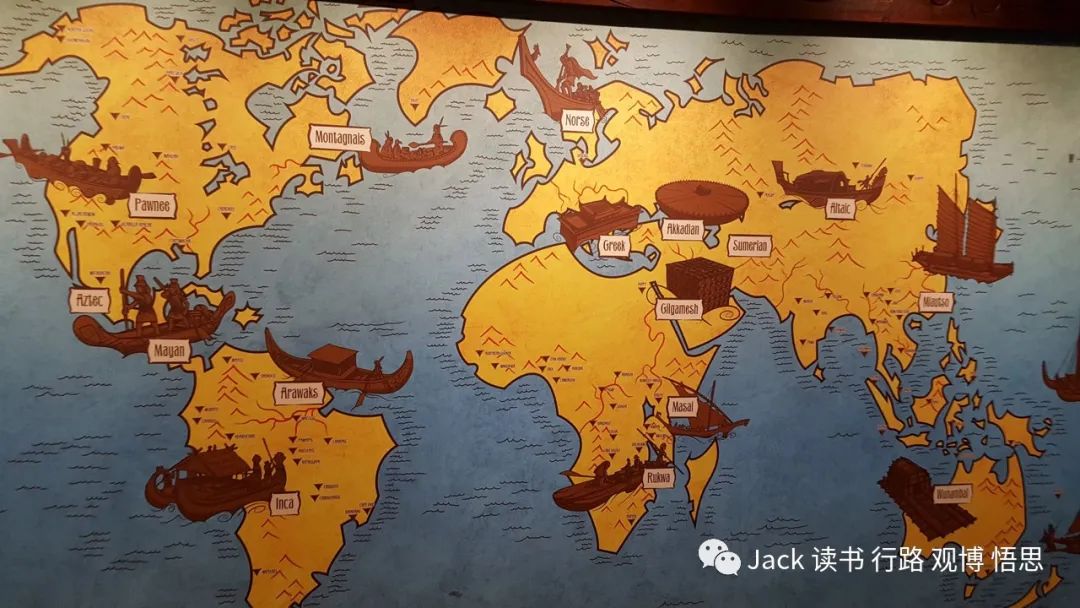

(The four worlds in Aztec mythology)

(The Incan ruins of Tiahuanacu)

(Deucalion and the ark)
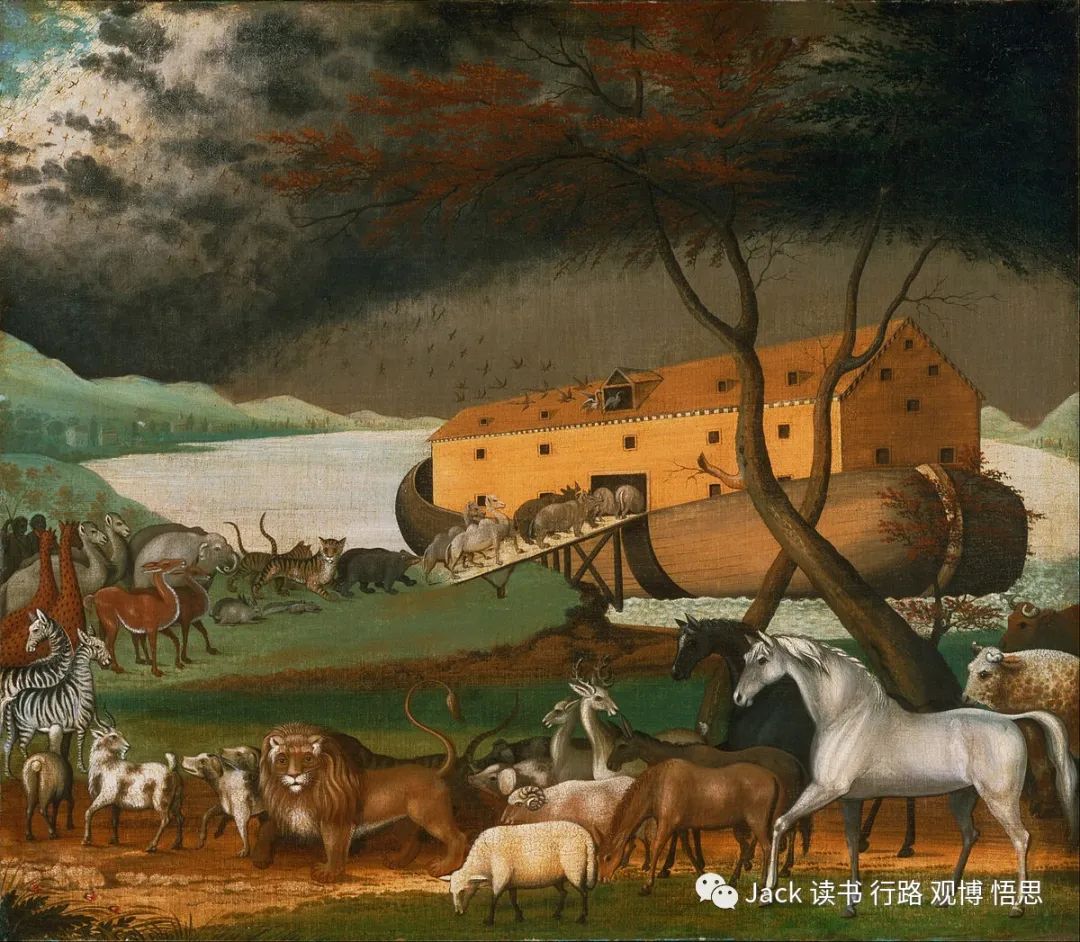
(Noah's Ark)
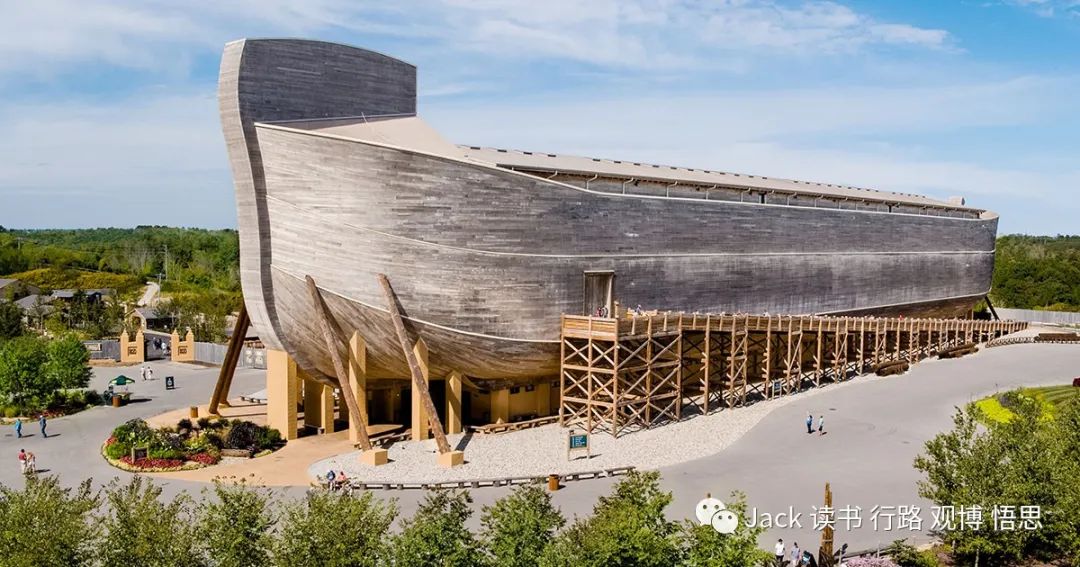
(A model in reality of Noah's Ark)

(A piece of illustration for The Epic of Gilgamesh)
Some of the older recorded flood myths further east in the Fertile Crescent could be found. The Epic of Gilgamesh is an epic poem from ancient Mesopotamia. Its origins date back to as early as 2100 B.C.E. This epic poem is crucial as it is the earliest surviving notable literature and contains a lot of information about the imagination and beliefs of the Babylonians. In the plot of the epic, a colossal flood engulfed the world. Utnapishtim was the only man to escape death, and he constructed a great boat in which he saved the lives of humans and animals. This compassionate action caused the god Enlil to deify him and his wife, making them immortal.
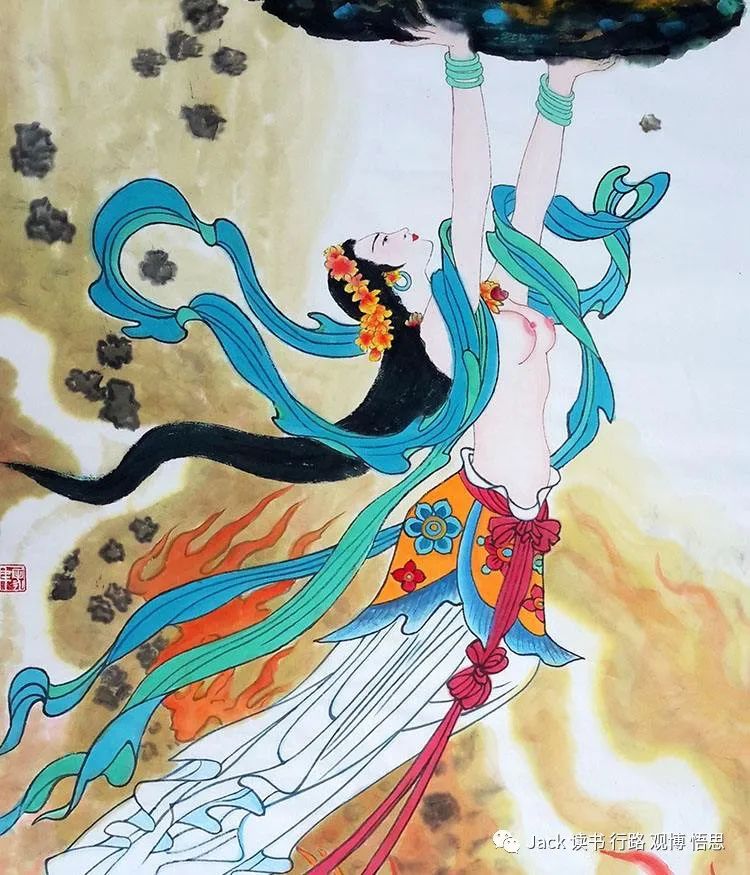
(Nü Wa mending the skies)
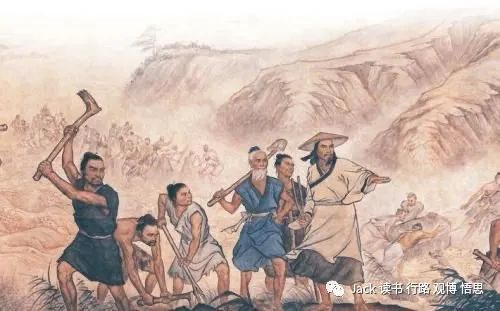
(Great Yu controlling the floods)
Further east, in prehistoric China, before the advent of writing, the ancestors of the Chinese created flood myths too. The topic of the flood was present in many stories, the most well-known being "Nü Wa mending the skies." The water god Gong Gong rebelled and fought with the fire god but was defeated. In the act of indignance, Gong Gong banged his head against the Buzhou Mountain, one of the pillars holding up the heavens, which caused part of the heavens to collapse. A great flood ensued. The Creator Nü Wa could not bear the destruction brought, so she picked up colorful stones to mend the sky up, saving countless souls. Another well-known myth is "Great Yu controlling the floods." Rumor had it that floods were everywhere in the age of emperors Yao and Shun. The father of Yu, Gun, was ordered to control the floods. Gun planned to fill up crucial waterways, and he failed spectacularly. Yu took over the task and ultimately successfully controlled the floods by opening up pathways that directed the water away, saving many lives.
It might be stunning that the different groups of the Eskimo people in the Arctic circle had flood myths in their oral and partially written history. In the Central Eskimo culture, ocean levels increased suddenly and did not stop rising until the water covered the tops of the highest mountains. The ice drifted on the rising water, and when the flooding finally receded, the ice was left on top of the mountain, forming large ice caps. Many people drowned, and a few people survived in boats and survived by consuming fish. In the Netsilik Eskimo culture, a flood annihilated all animals and humans except for two shamans, who lived on a boat. The two shamans mated, and their offspring included the new world's first women.
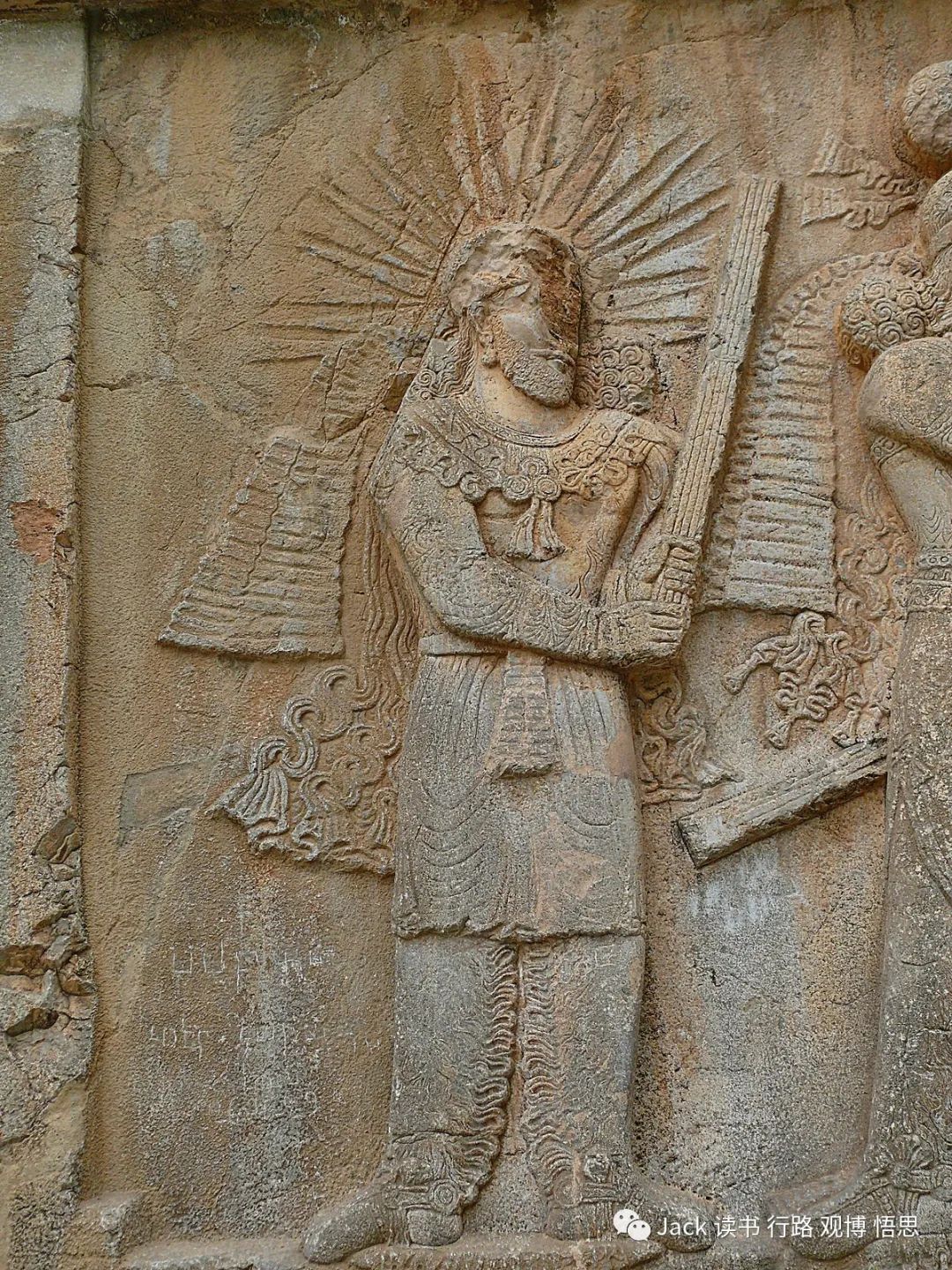
(The goddess of light, Mithra)
In the Indian, Persian region and Malay Peninsulas, to the south, various imaginative flood myths formed throughout history. In Hindu mythology, important ancient texts such as the Satapatha Brahmana and the Puranas contain stories of a great flood, or "manvatara-sandhya." In some of the mythical tales, the god Vishnu warned the first men of a coming flood and advised the men to build an immense ship to survive, just like what would happen in the story of Noah's Ark. In Zoroastrianism, the evil god Angra Mainyu attempted to destroy the world with drought and to prevent Angra Mainyu from succeeding the goddess of light, Mithra, ended the drought by shooting an arrow into a rock, causing a powerful spring to form. The water from the spring ultimately turned into a flood, and only one man survived in an ark with his cattle.
To the further south, the African continent witnessed the flourishing of several of history's most culturally diverse regions and empires. In ancient Egyptian mythology, the Sun God Ra sent his daughter Sekhmet to wipe out part of humankind with a flood because the people were showing disrespect and profanity. However, Ra eventually intervened by getting Sekhmet drunk and causing her to pass out. This flood myth led to the creation of a wine-drinking festival during the annual Nile floods in ancient Egypt as a tribute to the deity's compassion. The more drunk a person was, the more religiously pious they were in this festival. This festival became a central bridge that helped the Egyptians communicate with their religious deities.
The mysterious prevalence of flood myths in cultures dotted around Earth has been a perplexing, intriguing, and important topic. First and foremost, by trying to explain this prevalence, the history of the planet itself, along with the history of humans, can be discovered and more thoroughly examined. By learning about the physical sciences of the planet years back through flood myths, we can provide new perspectives into the study of history and ancient cultures. What is more, the frequency and content of the flood myths are strong hints about the cultural beliefs of our ancestors. There are reasons in the mindsets and thoughts about our relationship with nature, explaining why flood myths were everywhere and why they lost their place in modern cultures. If we determine the reasons, we will trace out the flow of history and the development of ideas through time.
The prevalence of flood myths can be roughly verified by geographical, geological, and climatic patterns and events in the past several millennia. In North America, towards the end of the last Ice Age, natural cycles of climate change and warming could have pushed sea levels up significantly, leading to massive floods. The natives might suffer the damage brought by the flooding and consequently attempted to create mythical explanations, and the stories were passed down from generation to generation. Similarly, the origins of the Deucalion Greek flood myth could be dated to the Thera Volcano eruption that destroyed the Minoan Civilization around 1600 B.C.E. The tsunamis and other calamities that ensued. In Mesopotamia, almost all the cultures developed alongside the Tigris and Euphrates rivers. The immense flooding of the Tigris and Euphrates could have devastated the entire known world. Some excavations in the 1930s, for example, revealed thick flood layers that could have been the result of severe overflows of the two rivers. This flooding could have served as the inspiration for the flood myths. There was also a meteor crash into the Indian Ocean that resulted in a terrific tsunami around 3000-2800 B.C.E. All the residents around the Indian subcontinent would be seriously affected. Such geological, geographical, and climatic changes could expound why flood myths were a global phenomenon, as international humans would feel these changes on a worldwide scale. The study of flood myths led to studying Earth's past and new supplement physical science resources in finding out the reasons behind human history.
Almost all, if not all, the flood myths introduced above were created and recorded more than 1000 years ago. Some could even take us back more than 4000 years. Our ancestors from such relatively archaic periods did not share any similarities with modern-day people regarding the belief about the relationship with the natural world. In today's world, we have an increasing tendency to view ourselves as actual deities, able to replace the laws of nature with artificial ones. We are developing technologies that give us more capability to dominate nature and make us believe that we are the overlords of this planet. However, if we go back to when our forebears created flood myths, people around the globe did not share this mindset. In fact, in prehistory and most of history, Homo sapiens revered nature and even feared natural forces like those mentioned in the last paragraph. As a result, they demonstrated and expressed this reverence or fear via myths that involved fearsome natural floods and disasters.
Overall, flood myths have been present in almost every major and minor culture, prehistoric and historical. The similarities they share are pretty appalling as if their authors managed to communicate effectively across time and vast amounts of space. But the true implications of such flood myths might be more profound and vital. They were the evidence of a time when human beings were considering themselves as a part of nature, a time when human beings respected and looked up to the incredible and daunting powers of nature. This pristine form of mindset was preserved vividly in the riveting fates and storylines of Noah, of Deucalion, of Utnapishtim, and of all the mythical figures and heroes that barely survived in the extraordinary powers of the natural world. Unfortunately, we are forgetting this mindset in a triumphant sense. This forgotten mindset could potentially be warnings to moderners and humans in the future if we want to flourish on a powerful yet unbelievably fragile planet.
PICTURES CITED
https://www.pinterest.es/pin/510947520222108402/
https://www.heritage-print.com/ruins-inca-monuments-environs-tiahuanacu-14903340.htm
https://www.lifepersona.com/deucalion-and-pirra-the-deluge-in-greek-mythology-like-noah
https://en.wikipedia.org/wiki/Noah%27s_Ark
https://arkencounter.com/
https://www.tekportal.net/utnapishtim/
https://cj.sina.com.cn/articles/view/7413322831/1b9de544f001017gy4
http://item-paimai.taobao.com/pmp_item/40636433206.htm?s=pmp_detail
https://www.quora.com/How-is-the-deluge-in-Hinduism-similar-to-the-flood-in-the-Noahs-Ark-myth
https://en.wikipedia.org/wiki/Mithra

无论是在史前还是人类开始有文字记载后的历史中,全球各地的文化均逐渐出现并以自己独特的方式发展。尽管这些文化通常被数千公里的海洋或陆地隔开,但它们确实有一些神奇的相似之处值得研究。从欧洲人、中国人、美洲原住民和非洲许多当地部族的祖先开始,均有神话被创造出来。这些神话成为当地文化不可或缺的一部分,更成为承载部族共同信仰和对自身及自然环境的理解的容器。最为神奇的是,在不同的文化中,有一种相同类型的神话成为全球性的存在,即洪水神话。洪水神话可以被粗略地定义为任何叙述洪水或与洪水有关的自然灾难的故事。本文将介绍全球历史文化中的此类神话,并试图从两个方面解释洪水神话的内涵和意义。

(阿兹特克文化中的四个先前世界)
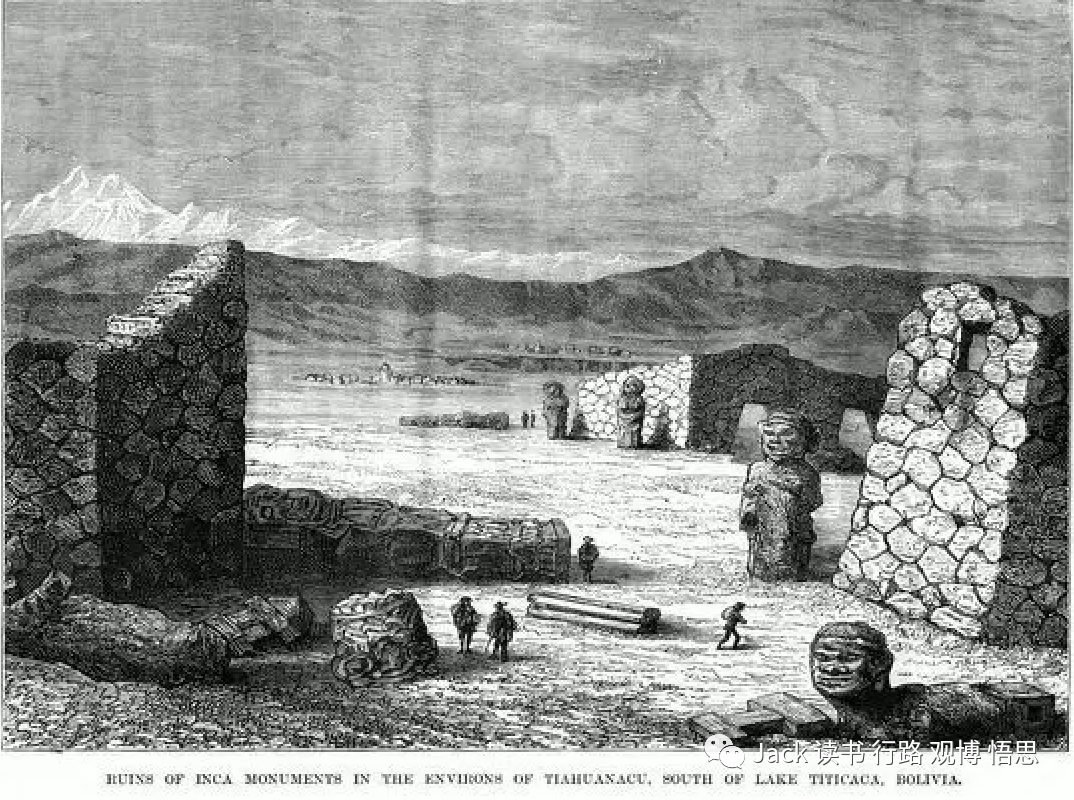
(印加Tiacuanacu的遗址)

(德卡里翁的方舟)

(诺亚方舟艺术作品)

(现实中诺亚方舟1:1模型)
然而,最著名流传最广的洪水神话起源于欧洲。在柏拉图的对话录《提缪斯》中,提缪斯讲述了一个故事,在青铜时代,人类激怒了宙斯,宙斯决定制造一场洪水来毁灭所有的人类。然而,希腊泰坦巨人普罗米修斯很喜欢人类,他选择帮助人类。他把这个计划秘密地告诉了他的儿子德卡利翁,德卡利翁随后建造了一个巨大的方舟来容纳所有的人,他们一直活到了洪水结束。一个类似但出现更晚的故事是《圣经-创世纪》中的“诺亚方舟”,它或多或少具有相同的情节。根据记载,上帝对人的罪孽感到绝望,于是决定清洗人类,他指示虔诚的诺亚建造一只巨大的方舟,里面有诺亚一家和每一种动物的雌雄各一对。他们在被洪水淹没的世界顶部航行了许多天,直到他们在现代土耳其的Ararat山上登陆,新的人类世界得以重启。

(吉尔伽美什史诗插画)
一些更古老的洪水神话记录可以在更东边的新月沃土中找到。《吉尔伽美什史诗》是一部来自古代美索不达米亚文明的史诗,其起源最早可追溯到公元前2100年。这部史诗非常重要,因为它是现存最早的文学作品,包含了很多关于巴比伦人的想象力和信仰的信息。在这部史诗的情节中,一场巨大的洪水吞噬了世界。Utnapishtim是唯一逃脱死亡的人,他建造了一艘大船,在船上拯救了人类和动物的生命。Utnapishtim的善行得到了神的奖赏,他和他的妻子最终被神化变得不朽。

(女娲补天艺术作品)

(大禹治水艺术作品)

(光神Milthra)
- 本文标签: 原创
- 本文链接: http://www.jack-utopia.cn//article/423
- 版权声明: 本文由Jack原创发布,转载请遵循《署名-非商业性使用-相同方式共享 4.0 国际 (CC BY-NC-SA 4.0)》许可协议授权
